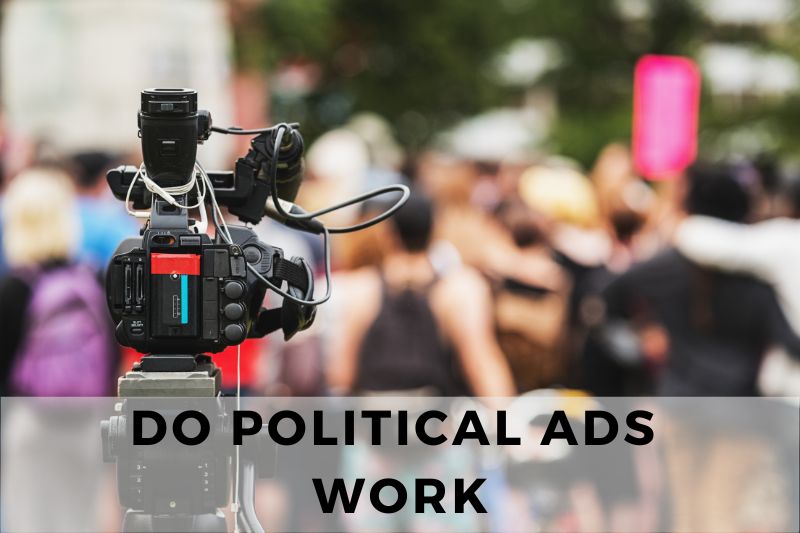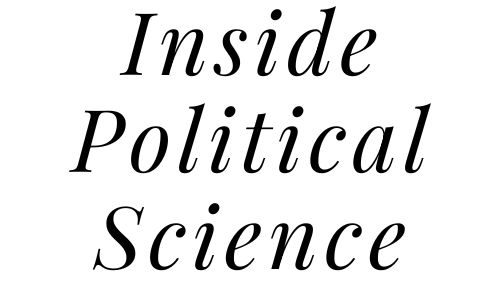
Political advertising has long been a cornerstone of modern election campaigns, but its effectiveness is far from guaranteed. History is replete with examples of ads that either shaped the outcome of elections or fell flat.
One famous case of effective political advertising is Lyndon B. Johnson’s 1964 “Daisy” ad. This emotionally charged television spot, which aired only once, capitalized on Cold War fears to cast his opponent, Barry Goldwater, as a dangerous choice. The ad left a lasting impression, contributing to Johnson’s landslide victory.
Conversely, Hillary Clinton’s 2016 campaign leaned heavily on ads critiquing Donald Trump, such as the “Role Models” ad, which juxtaposed Trump’s controversial statements with images of children watching TV. Despite these efforts, the ads failed to sway enough voters in key swing states, raising questions about the limitations of negative and issue-focused advertising.
These examples underscore a critical question: When do political ads work, and when do they not? The following sections delve into the circumstances that determine the success or failure of political advertising strategies.
When Political Ads Can Work and Be Effective
#1. When Targeting Undecided Voters
Political ads often have the most impact on undecided voters—those who have yet to firmly commit to a candidate or party. These individuals are more open to persuasion, making them a prime audience for ads that clearly articulate policies, highlight contrasts between candidates, or address pressing concerns. For instance, Barack Obama’s 2008 campaign effectively targeted undecided voters with ads emphasizing hope, change, and unity, drawing many independents and swing voters into his coalition.
#2. When Ads Are Emotionally Engaging
Emotionally charged ads can leave a powerful impression on viewers, influencing their attitudes and decisions. Whether through fear, hope, or anger, emotions can create a memorable connection. Ronald Reagan’s “Morning in America” ad from 1984 is a prime example, painting a rosy picture of national recovery and optimism that resonated deeply with the electorate, contributing to his overwhelming reelection victory.
#3. When Ads Are Tailored to Specific Demographics
Personalized ads that resonate with specific groups can increase relevance and engagement. For example, targeting younger voters with ads that address issues like student debt or climate change can create a stronger connection. Similarly, focusing on healthcare or social security in ads aimed at older voters can yield better results. Tailored messaging ensures that the content feels relevant and meaningful to the audience.
#4. When Ads Focus on Key Issues
Voters often prioritize a few critical issues when deciding whom to support. Ads that emphasize these key concerns—such as jobs, healthcare, or national security—can effectively capture attention and sway opinions. For instance, Bill Clinton’s 1992 campaign famously ran ads emphasizing economic concerns with the slogan, “It’s the economy, stupid,” which helped shift the focus to a primary voter issue and secured his win.
#5. When Ads Are Run in Swing States
In U.S. presidential elections, swing states often decide the outcome, making them vital targets for political advertising. Candidates invest heavily in ads in battleground states like Pennsylvania, Florida, and Wisconsin to sway the small percentage of voters who can tip the scales. Strategically focusing ad spending in these areas can maximize impact, as demonstrated by George W. Bush’s 2004 campaign, which heavily targeted swing states to secure a narrow victory.
#6. When Ads Are Backed by Strong Credibility
Credible ads featuring trusted voices or endorsements are more likely to resonate with voters. Whether it’s respected public figures, experts, or community leaders, credible endorsements can enhance the believability of a political message. For example, John F. Kennedy’s 1960 campaign effectively used celebrity endorsements to bolster his appeal, particularly among younger voters, reinforcing his image as a dynamic and forward-thinking leader.
When Political Ads May Not Be Effective
#1. When Ads Are Misleading or Inaccurate
Misleading or false information in political ads can backfire, eroding trust and credibility. Fact-checking organizations and media outlets often expose inaccuracies, leading to public backlash. For instance, during the 2012 U.S. presidential election, a misleading ad by Mitt Romney’s campaign about Jeep outsourcing jobs to China was widely criticized, undermining the campaign’s credibility and failing to sway key voters.
#2. When Ads Overload Viewers with Information
Political ads that overwhelm viewers with dense information or complex data often fail to resonate. People are more likely to connect with clear, concise messaging that highlights one or two key points. An ad packed with statistics or policy details may confuse rather than persuade, leading to diminished impact. Successful ads balance substance with simplicity to avoid overwhelming their audience.
#3. When Ads Use Negative Campaigning
Negative ads, while attention-grabbing, can alienate voters when overused or perceived as excessively harsh. Studies show that relentless attacks can foster voter apathy or even sympathy for the targeted candidate. Hillary Clinton’s heavy reliance on negative ads against Donald Trump in 2016 is a notable example, as they failed to energize her base or persuade enough undecided voters, ultimately contributing to her defeat in key states.
#4. When Ads Are Too Generic or Vague
Ads lacking specific messages or tailored appeal often fail to engage voters. Generic slogans or vague promises don’t differentiate candidates or address voter concerns effectively. For example, Jeb Bush’s 2016 presidential campaign struggled with ads that lacked a compelling and distinct message, failing to stand out in a crowded Republican primary field.
#5. When Voters Are Already Firm in Their Choices
In polarized political environments, many voters have already made up their minds, rendering ads less impactful. For instance, in the 2020 U.S. presidential election, the deeply entrenched partisan divide meant that most voters were unlikely to change their preferences, regardless of the ad campaigns. This highlights the limited influence ads can have when audiences are firmly aligned with their chosen candidates or ideologies.
Conclusion
Political ads can be powerful tools for influencing elections, but their effectiveness depends on various factors. Ads that target undecided voters, evoke emotional responses, address key issues, or resonate with specific demographics can drive success, especially in crucial swing states. However, their impact diminishes when ads are misleading, overly negative, or fail to address voter priorities in a meaningful way.
The success of political advertising lies in understanding the audience and crafting messages that connect on both rational and emotional levels. As history shows, even the most well-funded campaigns can falter if their ads fail to inspire, inform, or resonate with voters. In a world of evolving media and increasing voter sophistication, the ability to create thoughtful, strategic ads remains essential for candidates seeking to secure public trust and electoral victory.
